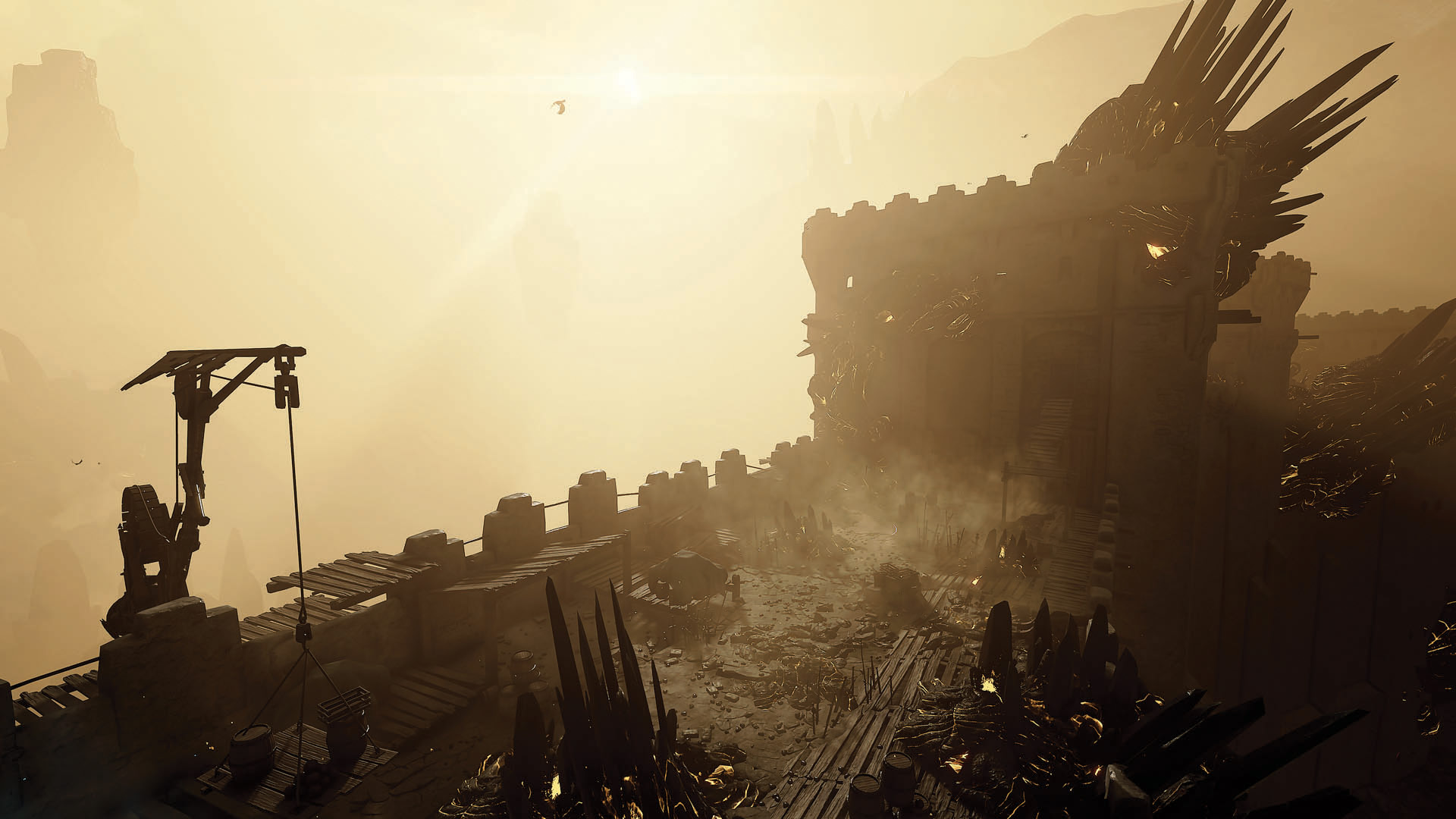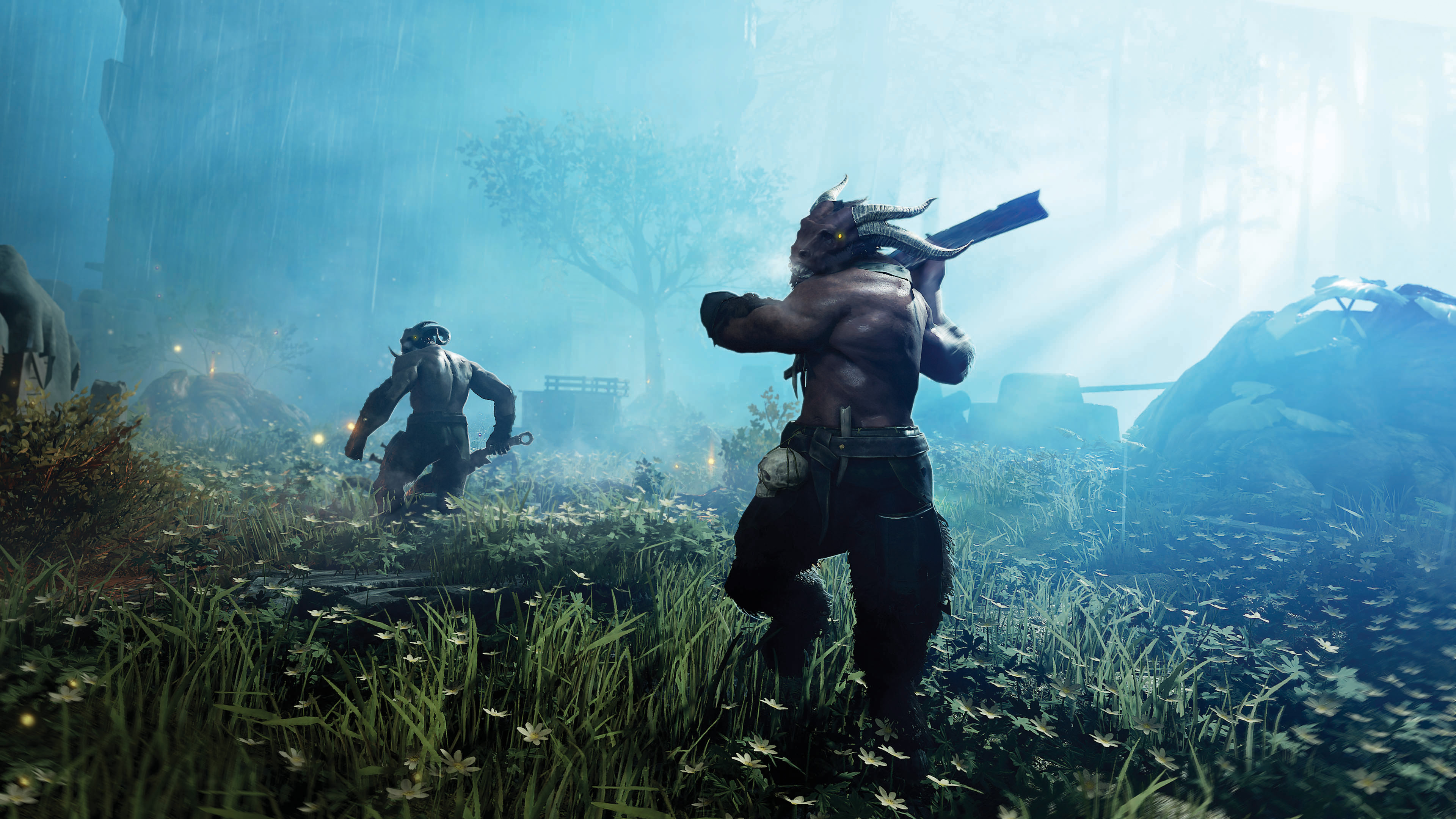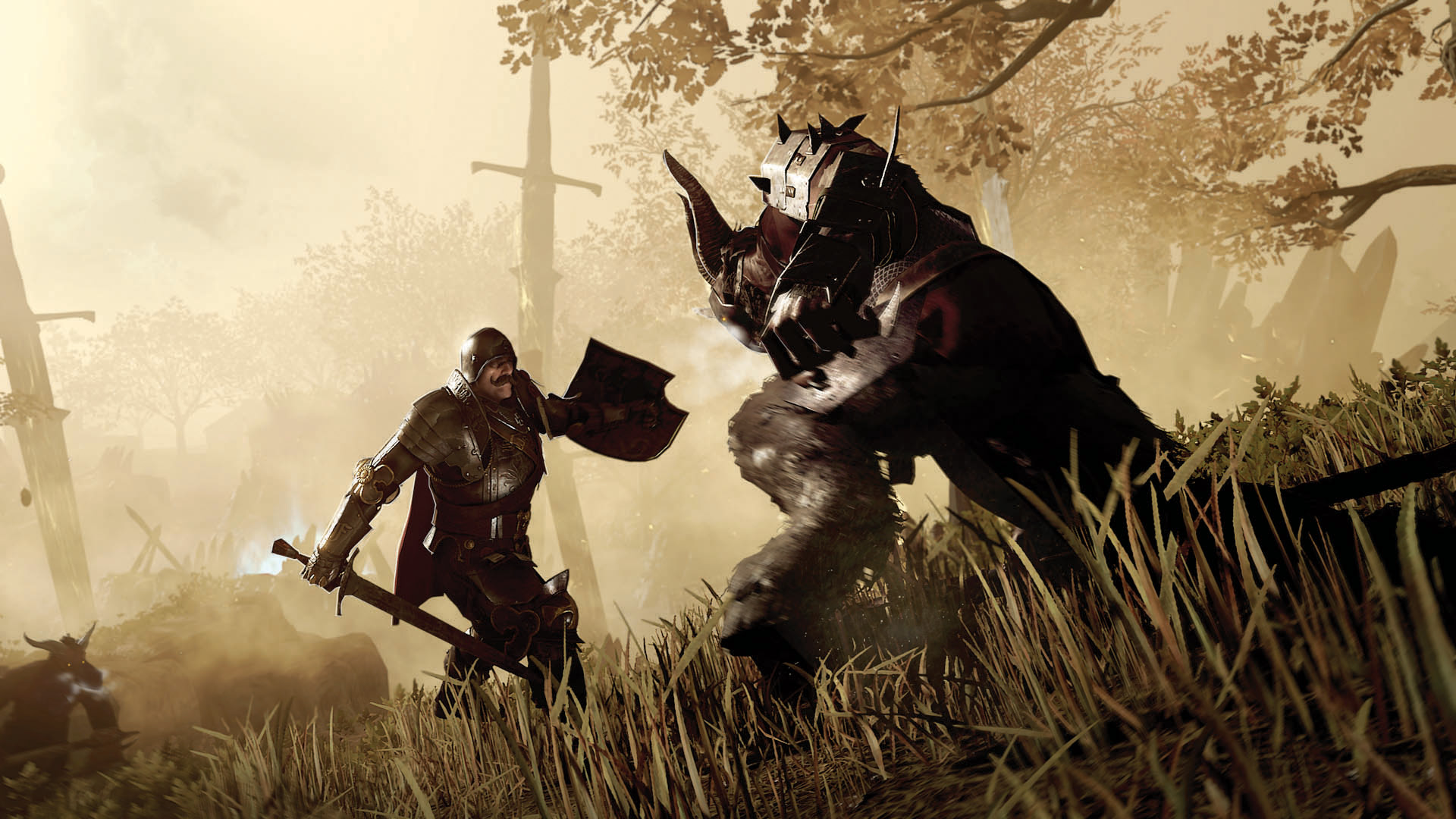Inside Warhammer: Vermintide 2's endgame expansion Winds of Magic
Everything you need to know about the co-op game's first full expansion.
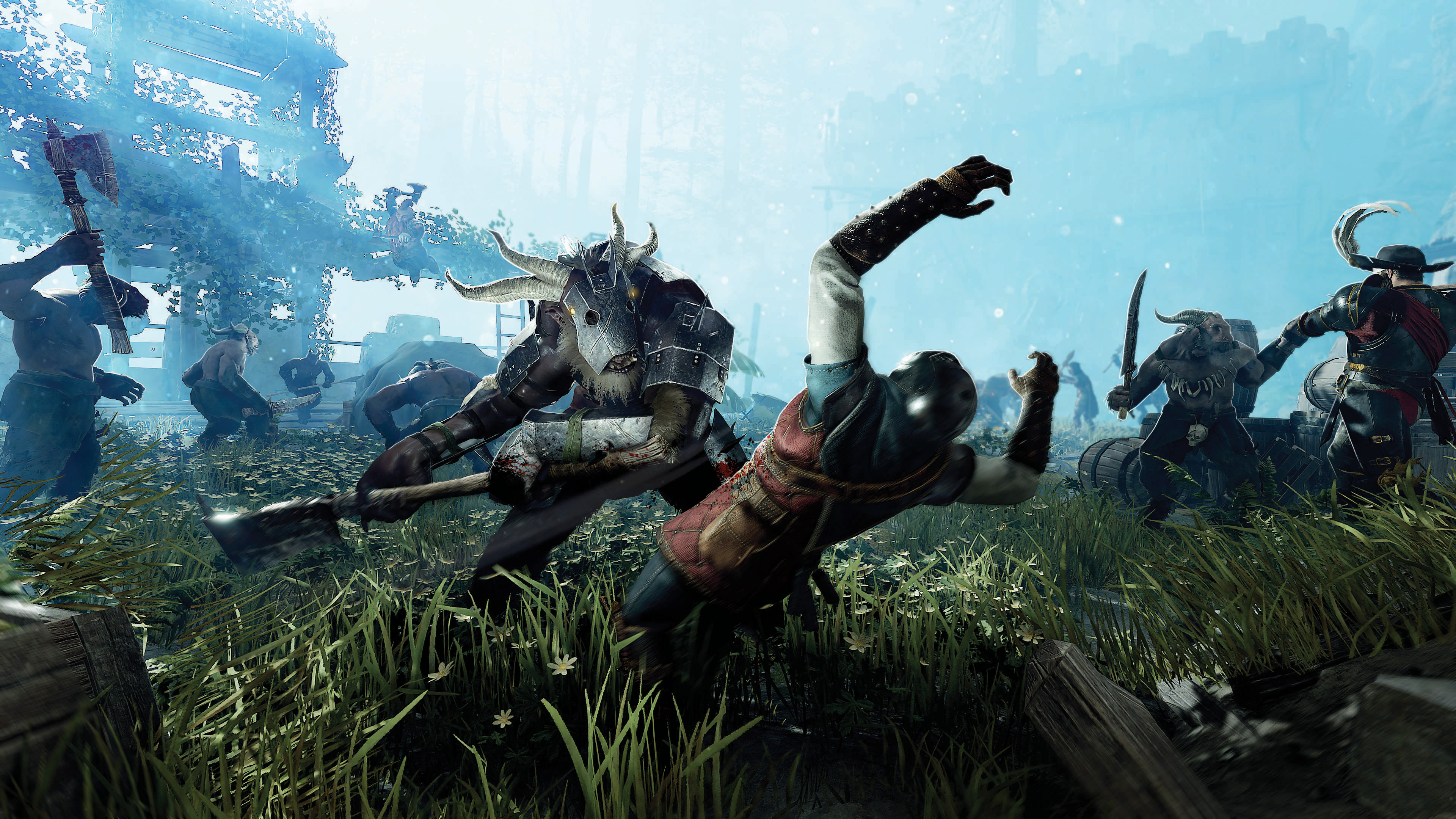
This feature was originally published in PC Gamer UK 329 back in early March, so you'll find a couple of forward-looking references to past events in this piece. Subscribe here to get our magazine sent to your door or digital device every month.
Warhammer: Vermintide 2 was so successful that it took its small Swedish developer by surprise. After the strong sales and critical acclaim came bug reports and complaints, missteps and demands. Its community is hungry for more, and—after a year of making adjustments and laying infrastructure—Fatshark is ready to deliver. With Vermintide 2: Winds of Magic, the endgame has arrived.
"It's easy to get carried away," says CEO Martin Wahlund. "You're proud of the game, you're proud of the reviews, and then suddenly you get scared as well. People are playing it!" After Vermintide 2's release, Wahlund found himself reacting to every bug report and complaint. At one point he messaged the team late at night because of an error report that, upon investigation, was down to the player's own internet connection being down.
Some of the game's early patches didn't receive enough testing, causing them to break other parts of the game. "It's such a bad experience for the player," says Wahlund. "If you're playing, and starting a career and using a certain weapon, and we break that weapon or break that career, it's like we ruined it."
"We had some bad experiences in the beginning where we were a bit too eager and released [an update] a bit too early," says Mårten Stormdal, executive producer of Vermintide 2. "We didn't have time to test properly, and we got some bad publicity for it. It was right, because we didn't do our work properly, but that has made us a bit more cautious."
"More professional," says Wahlund.
Fatshark slowed down and took stock of where they were and where they wanted to go. "We worked on the infrastructure," says Wahlund. "We needed to think about where we want to be in five years, because we want to build a game that people can play for a long time. We needed to do some organisational change internally and figure out how we handle a game that will live for many years."
Keep up to date with the most important stories and the best deals, as picked by the PC Gamer team.
In all, Vermintide 2's first year has been a learning experience for the studio. And while Fatshark made the internal changes needed to secure the game's long term future, its existing playerbase grew impatient for both new content—just five new levels, across two paid-for DLC packs, were released in the game's first year—and the arrival of systems promised before the game's launch.
Now, though, Fatshark is in a place where it feels ready to cater to that demand. The first stage of this new phase of Vermintide 2's life was the introduction of weekly challenges—added in an update earlier this year. The system is based on the concept of mutators—special rulesets that change the way you play, and sometimes even new versions of existing levels. On March 8, the date of the game's anniversary, players will be treated to a special challenge that sees Vermintide's heroes embark on a tour of nearby inns, looking for ale.
As they drink and have slurred conversations—Kerillian has decided that everyone should call her queen—they gain a buff to their attack. But if they go too long without a swig of ale, they become hungover. Drink too much, and they fall over. It's a fun celebration of everything Vermintide 2 does well: the combat, the banter, and even the lore, with Games Workshop stepping in to name the inns you visit.
Weekly challenges aren't just there to add variety, but also to give players something to work towards. While not available yet, the ultimate aim is for challenges to award a new in-game currency that players can use to buy specific cosmetic items for their characters. "It's something people have been poking us for since launch," says Wahlund.
Both the cosmetic shop and the collectable paintings—also added with the weekly challenge update—are ways for players to work towards a specific goal. But if your ambitions go beyond some fancy hats and nice pictures, Fatshark has a plan for you too. This year's biggest addition will take place this summer, with the release of Vermintide 2's first expansion, Winds of Magic.
The expansion will add a new enemy race, new difficulty and new weapons. At its heart, though, Winds of Magic is designed around one big idea: to give players an endless gauntlet of progressively more difficult challenges. "The basics of the expansion is to provide an endgame," says Wahlund.
Winds of Magic will likely offer an introductory story mission, but new adventure maps aren't the focus. Rather, the main progression path for the expansion is a new mode. "I think the most similar game mode would be the Greater Rifts that Diablo III has," says Wahlund, "where you go in and they scale in difficulty. We're not doing the same thing, though. We're doing it in our own way."
It's magic
Each stage of Winds of Magic's new mode is called a Weave, although that term—as with many things in the expansion, which only recently entered full production—is subject to change. Each Weave will take place on a chunk of an existing level marked by one of the eight Winds—the currents of magical energy that flow across the Warhammer universe.
"The idea behind the Winds is they're going to change the look and overall feel of the level completely," says programmer Tom Batsford. "Each Wind should look very different from each other, even on the same level, and also give a mutator." Fatshark is still figuring out which mutators should be tied to each Wind, but the prototypes I'm shown seem designed to offer both positive and negative modifiers. The Life Wind, for instance, currently grants constant health regeneration, but causes players to lose health whenever they hit an enemy.
To aid variety, Fatshark plans to remix each level chunk. As an example, I'm shown a Weave that takes place on a section of Against the Grain, but played in reverse. To finish a Weave, players will be required to complete an objective, for example killing enough enemies to fill a progress bar, slaying a certain number of a specific enemy, or capturing objectives placed around the map. "The objectives we have, we want them to be different," says Batsford. "We want them to be a different way to play the game rather than just going from A to B and killing stuff ... just different ways to play each time."
Winds of Magic may bring an endgame, but it's just the beginning.
Once the objective is completed, a portal will open that will take players to an arena where they'll need to complete a final event. "Right now we have one that is like survive waves [of enemies]," says Batsford. "Another one we have is where two bosses spawn and you have to defeat both of them. And the Wind mutator is in effect."
As players progress to higher Weaves, the difficulty will continue to increase. "We have continually scaling difficulty that goes way beyond the highest difficulty that we have in the game," says Batsford. "We don't want people to ever reach a cap on this. The cap will rather be when it gets just too hard for them to do it." While the first few Weaves will be fun, easy introductions to the modifiers, later ones will be harsher—providing less regen on Life Wind levels, for instance.
Weaving a spell
One of the key ways Winds of Magic's new mode will differ from Diablo III's Greater Rifts is that Weaves won't be randomised. Everyone will be playing the same set of Weaves, meaning that players can work to find solutions to specific problems. More than just a combat challenge, Fatshark wants Weaves to feel like puzzles—challenging players to experiment with different weapon sets and career compositions. "People can then share that on forums, Reddit, whatever," says Batsford. "I think if we can nail that it's going to work out really nicely."
Another benefit of having predetermined Weaves is it lets Fatshark add leaderboards to the game. "You're going to get a score while you play these," explains Batsford, "and your score is going to be based on how long it took you to complete it, and then also how much damage you took. So you might have [a Weave] where the best way to get score is to do it slowly but make sure you don't take much damage, or you might have one where you speedrun it and it doesn't matter how much damage you take."
Beyond the individual Weaves, Fatshark is also planning a leaderboard that tracks how many Weaves you've completed in total. Thanks to the difficulty scaling, the gauntlet can be essentially infinite.
"Each of these Weaves is going to be hand tailored because we're removing the randomness from them," says Batsford. "We're going to need to set spawns for these and make sure they work for each one. But we're obviously not going to be able to do that endlessly. So we need to do that for a set amount, and then we'll probably repeat them with a higher difficulty."
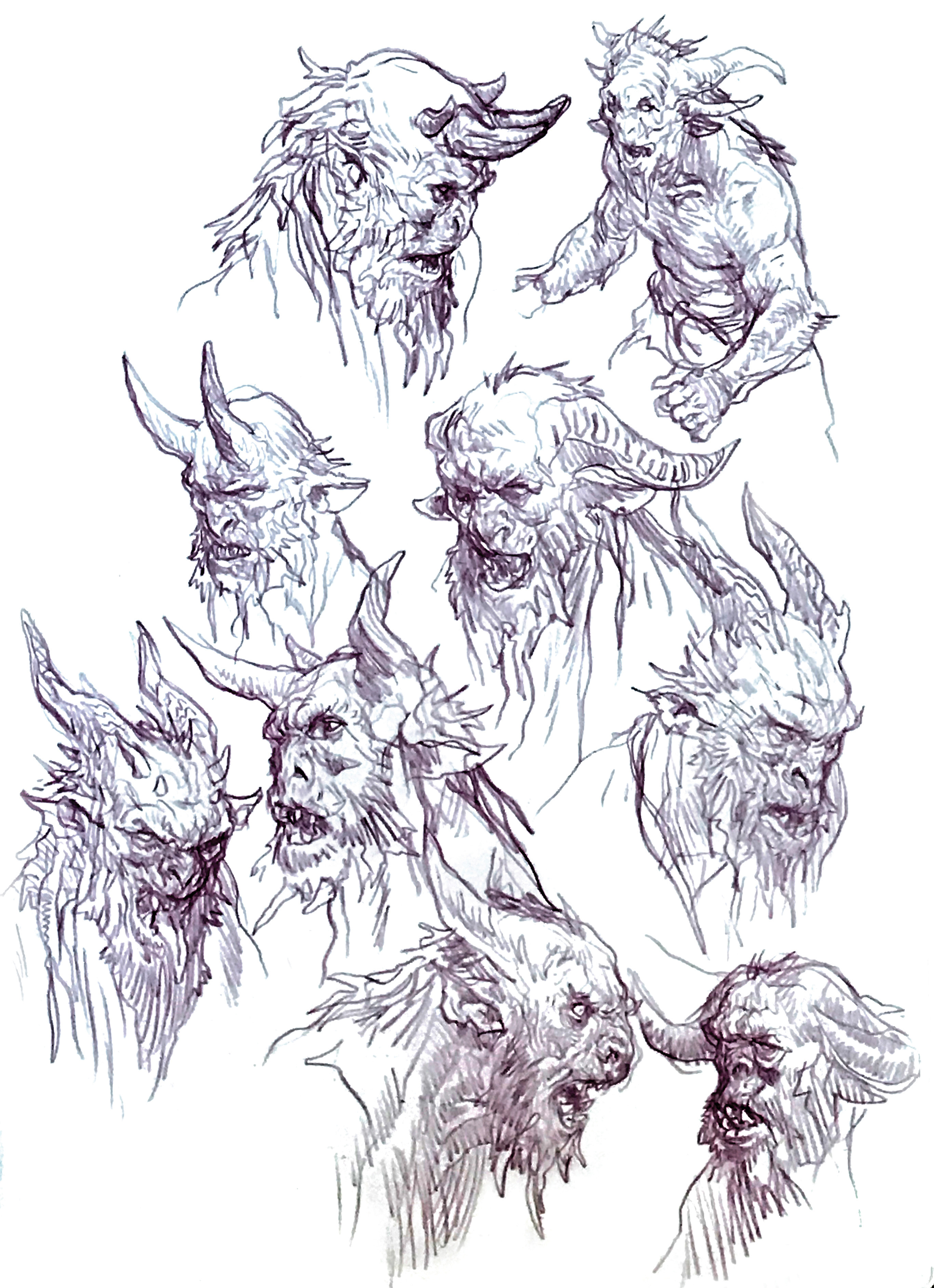
I'm intrigued by the idea, and—even at this early stage—Fatshark is doing some cool things with the look of the Weaves. Metal stages are a bathed in rusty yellow. Veins of ore grow out of the ground like tree roots, and fields of giant swords appear off in the background. "The one I'm looking forward to the most is Fire," says Batsford, "because the idea right now is to get it so you can feel like you're walking through a forest fire. So it's like everything is burning, the sky is on fire, ash everywhere. It's the perfect excuse to get some Sienna voice lines going. She's loving it."
The key for Fatshark, I feel, will be nailing the mutators for each Wind—ensuring that each is fun to tackle and scales clearly—and offering a wide enough variety of objectives and scenarios. Something that may help, and that the team is currently considering as a possibility, is making the Weaves seasonal. That could potentially lead to new mutators being added each season, as well as a reshuffling of the order so that players get to experience Weaves they couldn't previously reach.
In addition to the new mode, Fatshark aims to shake up the base game as well. As you'll have noticed from our cover art, Winds of Magic is bringing Beastmen to the game. "We have this duality in the game," says Mats Andersson, head of Vermintide 2's action team. "We have a lot of players who are into it because of the feeling and the lore and the immersion, so the Beastmen are a huge part of that, because they're cool and scary and it's cool to play against them. And then we have that other set of challenge-based players, who really go in-depth to master the combat loop. We really want the Beastmen to target both of those types—similar to what we're doing with the Winds of Magic mode."
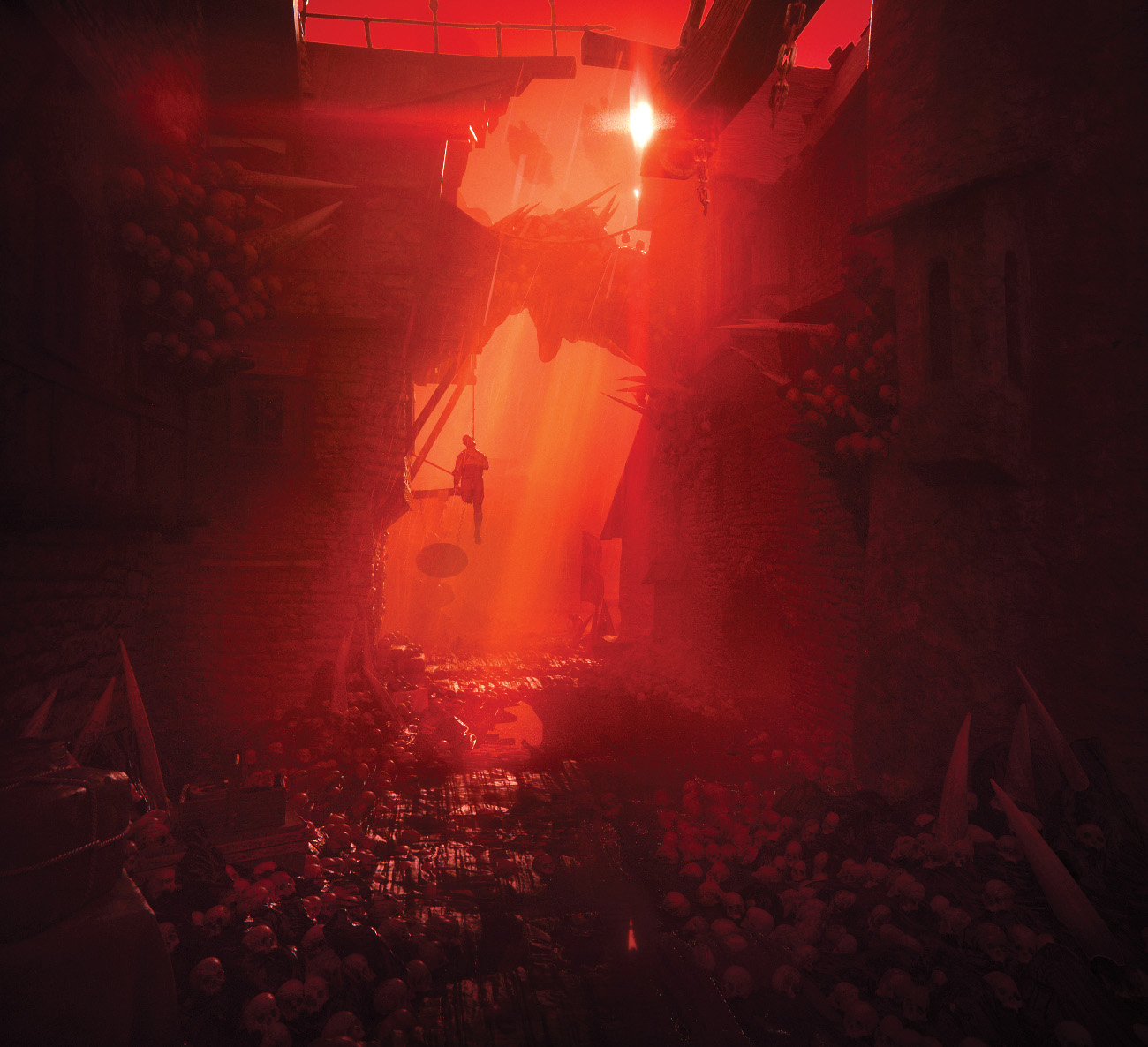
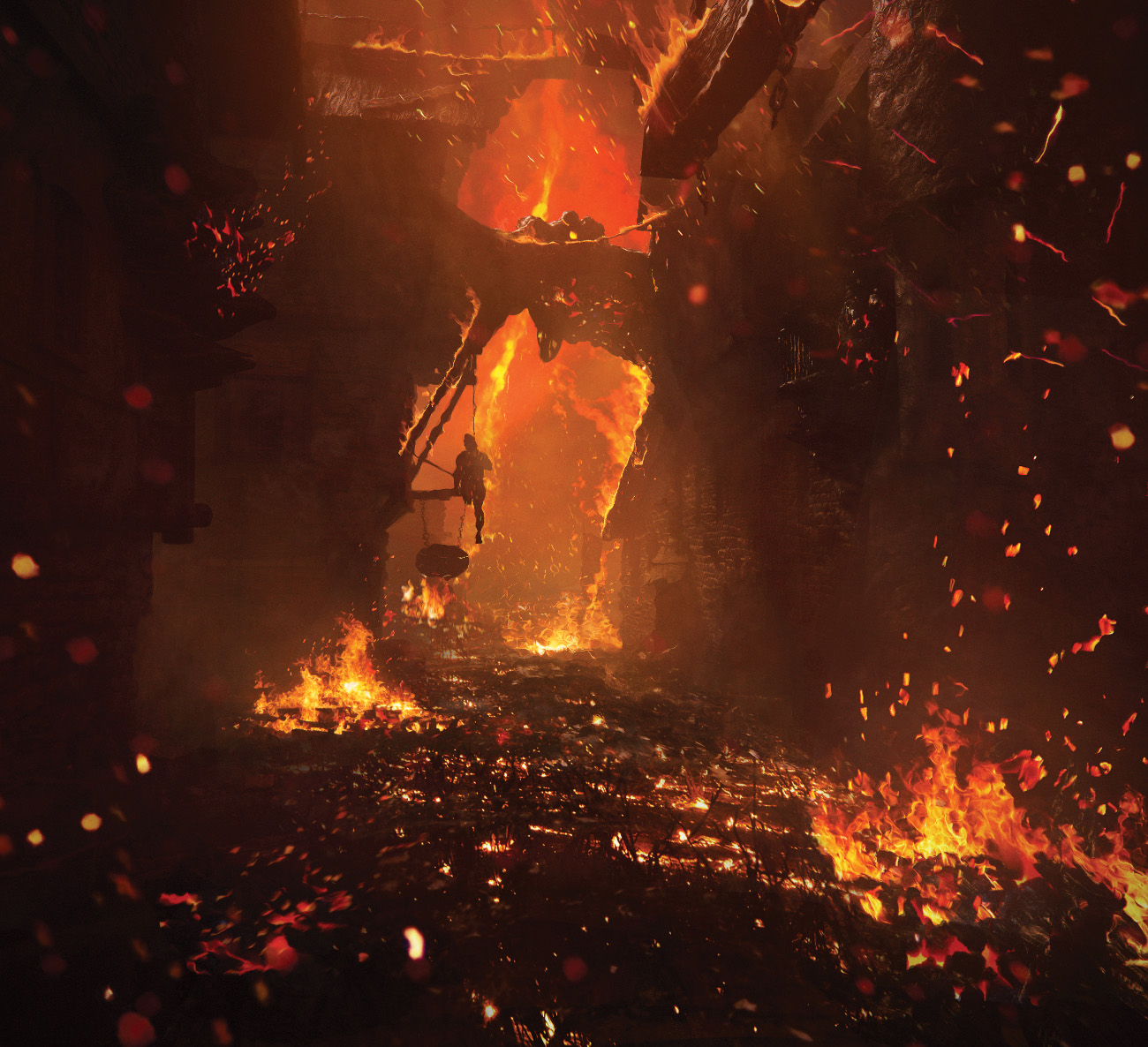
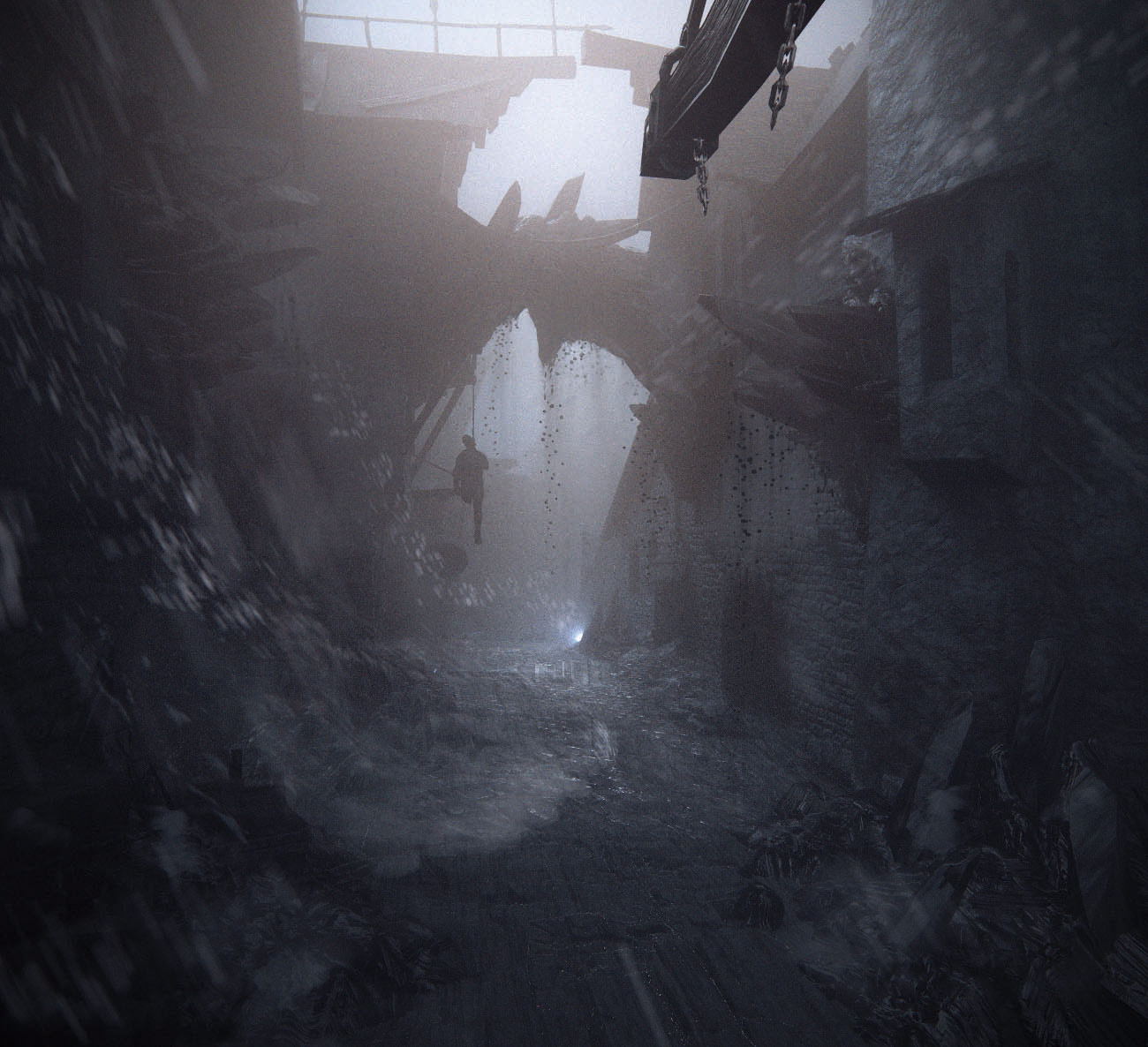
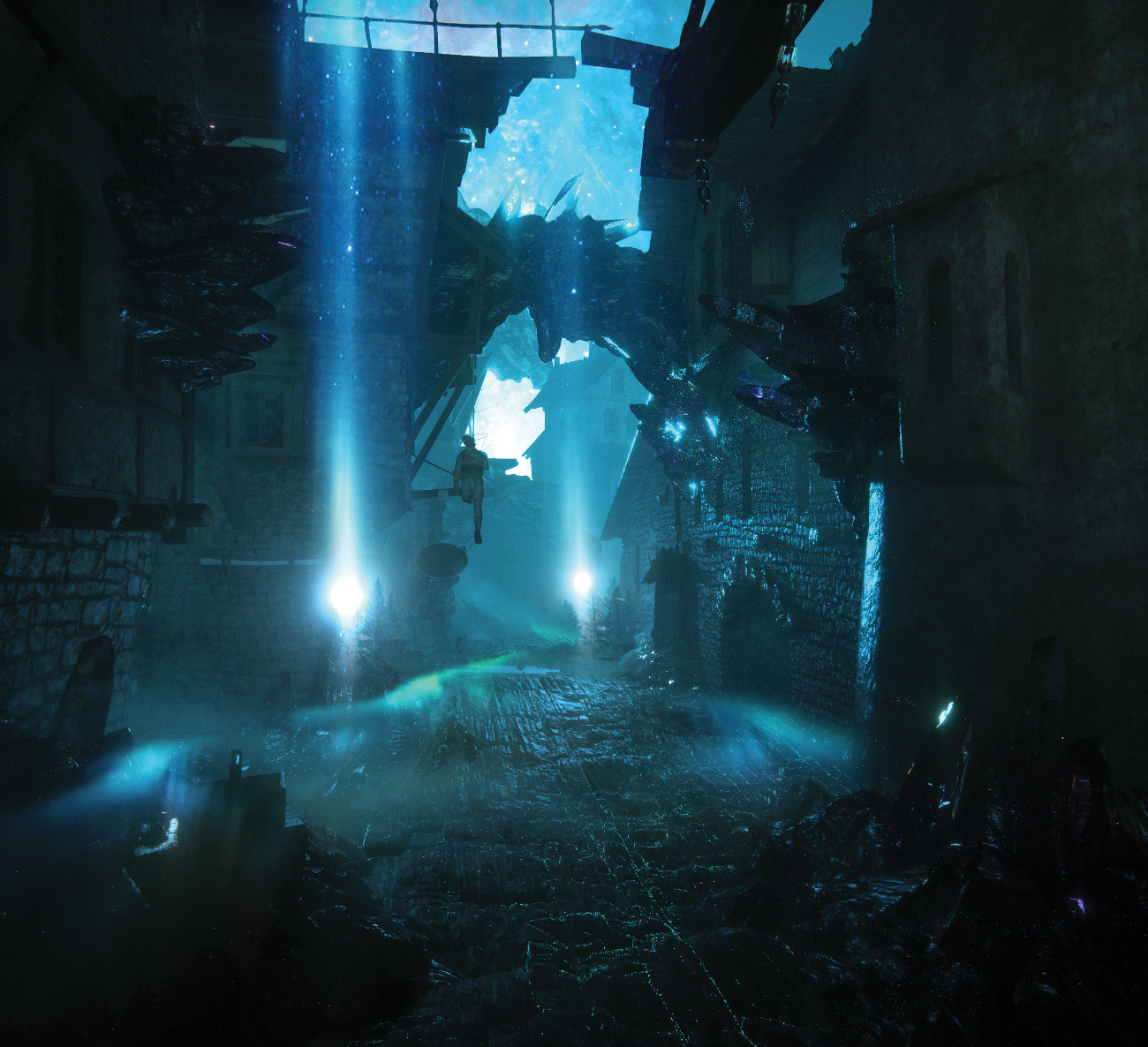
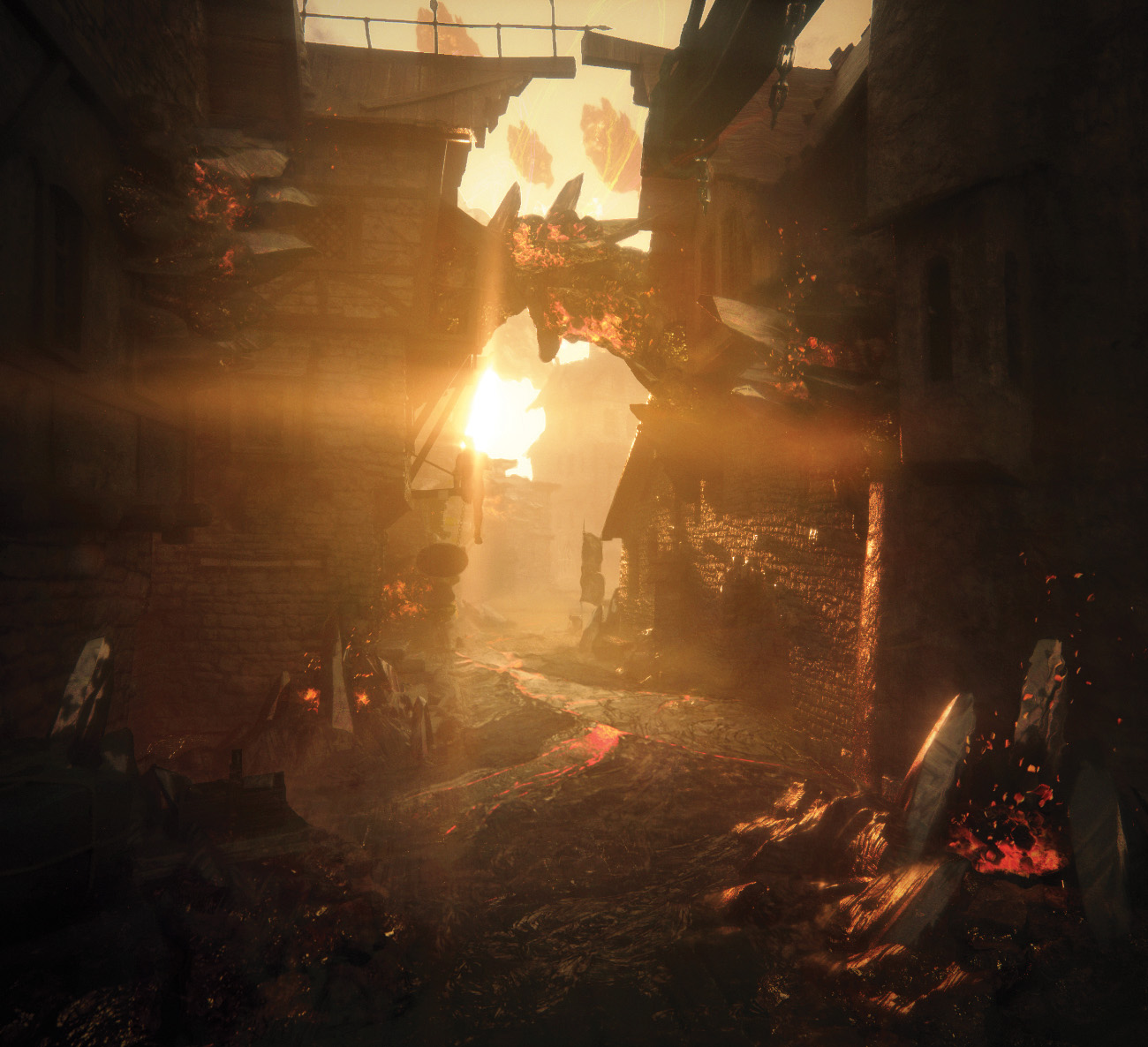
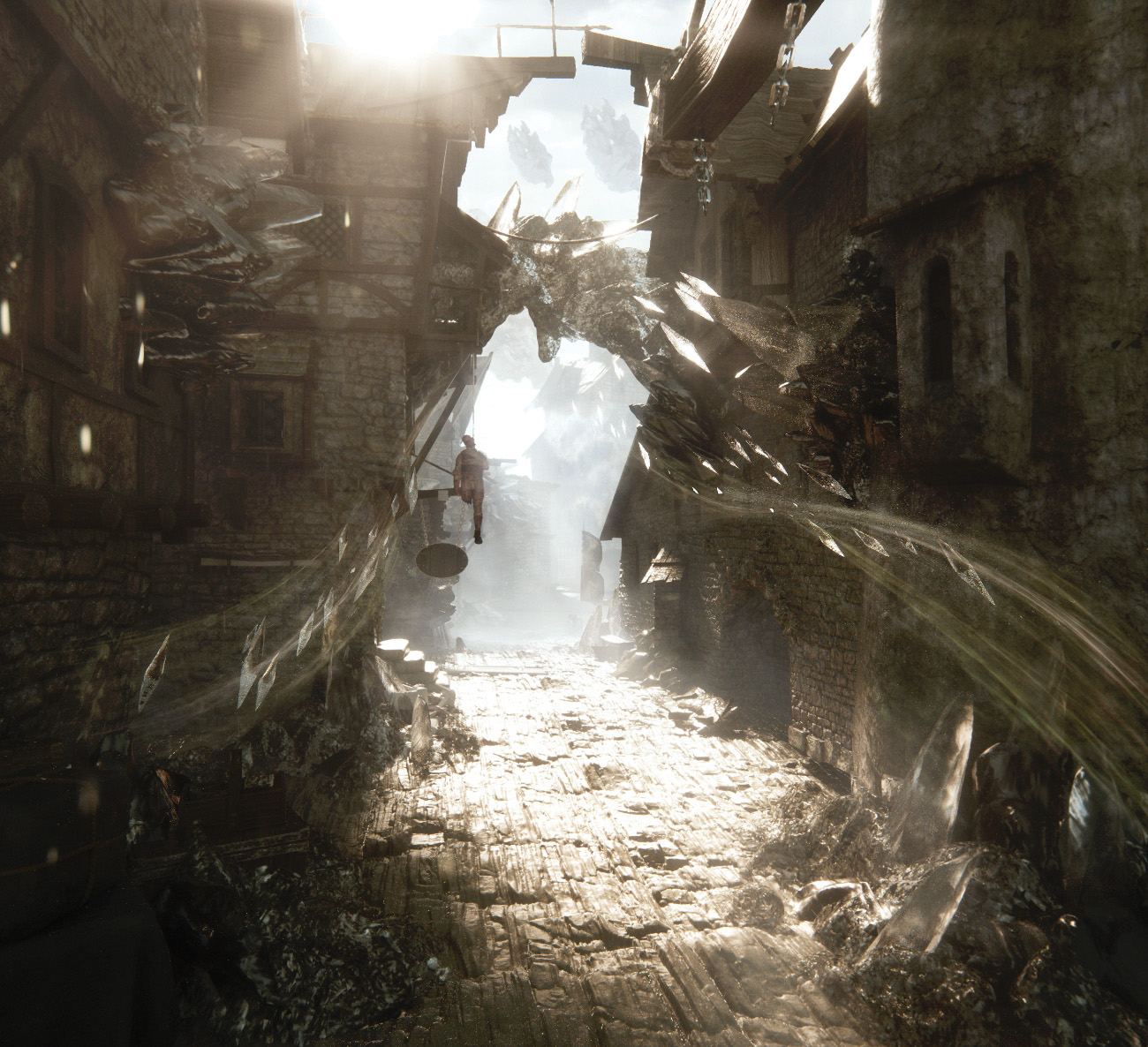
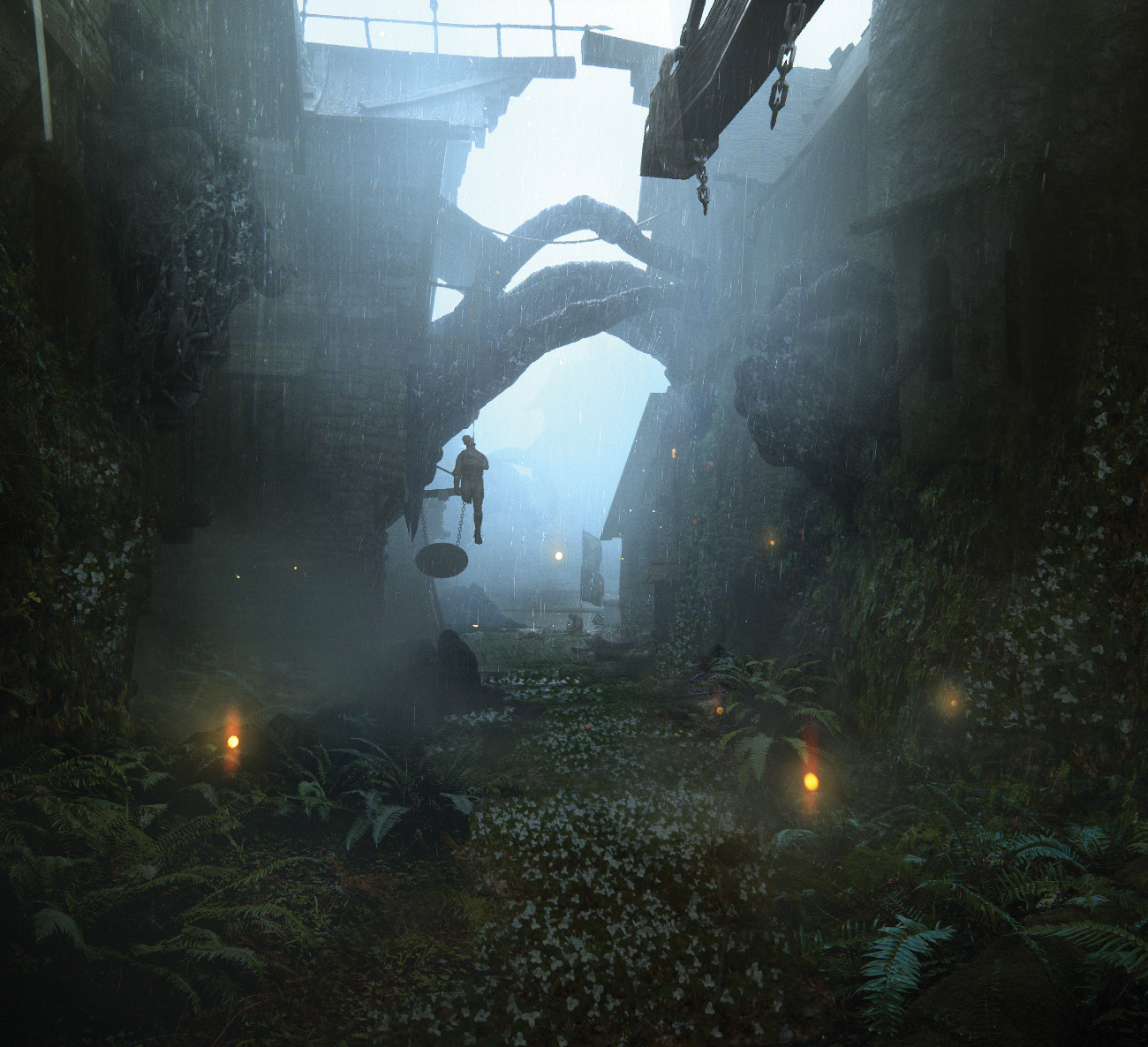
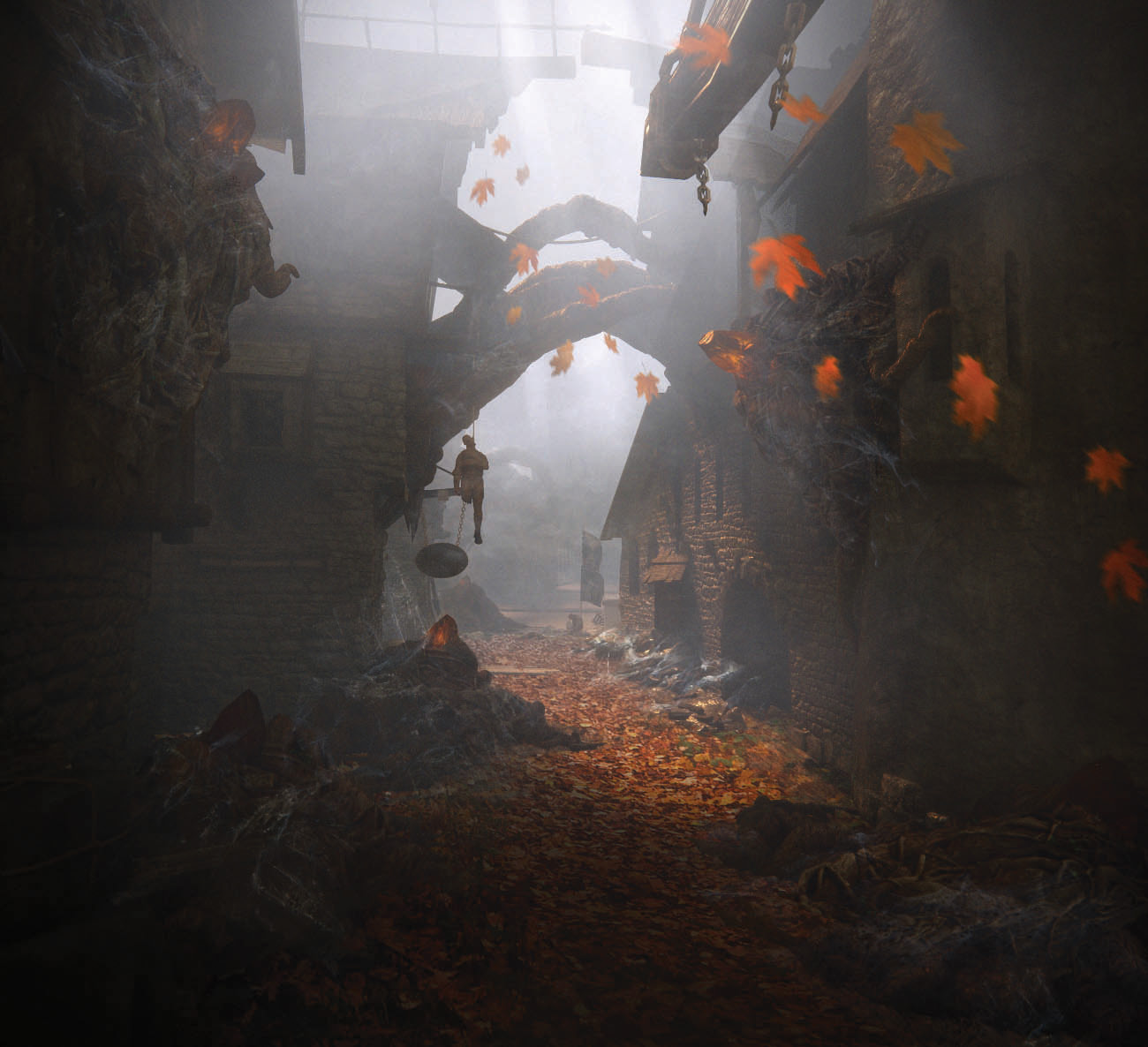
The bulk of the Beastman force will be made up of Gors—the grunts analogous to the Skaven's Clanrats or Rotblood's Raiders. But it's the secondary units that make the Beastmen such interesting enemies. Smaller Ungors will rush players in great numbers—similar to the Skavenslaves—but will also fight in conjunction with Gors. "The thing we're experimenting with now is adding Ungors that use spears," says Andersson, "so we get enemies with a bit more distance … you can have that thing where you're swinging the weapon and it's kind of nice, and all of a sudden I have guys that keep a bit more distance. I'm swinging my weapon and I'm not hitting it."
Fatshark is also experimenting with giving Ungors bows—potentially in large groups, making them difficult to take out at range. "One of the things these guys are supposed to be doing is giving one of your team members a problem to solve while fighting," says Andersson. "Because, for the higher difficulties, I want more problems to be able to throw at the players, and have them clearly and distinctly provide different gameplay. This is not something that will disable you, but it is something that will require you clear a path to get at them."
Know what's best
Creating more problems to throw at the players is something of a mantra for the Beastmen design. The Bestigor—the elite unit of the Beastmen—is a large, armoured brute that charges headlong into players. "What you have is a 250 kilo, huge-ass armoured goat with a halberd running at you and throwing your ass to the ground," enthuses Andersson. "And that really helps to create a separate combat loop for the Beastmen." Pleasingly, the Bestigor will also flatten any other enemy units that are standing between him and his target—something players can potentially use as a tactic. Bestigors have no chill.
Those are the standard units—what Fatshark calls the roaming set—but, as with Skaven and the Rotblood Tribe, the Beastmen are also bringing new specials and monster units. Take the beefcake on our cover, the Minotaur. "He's going to be the berserker version of a boss," says Andersson. "We have the Rat Ogre and Chaos Spawn and Bile Troll and Stormfiend, and they all have roles. What we don't have is a huge dual-wielding maniac that basically goes ham on you, so we're going to create that."
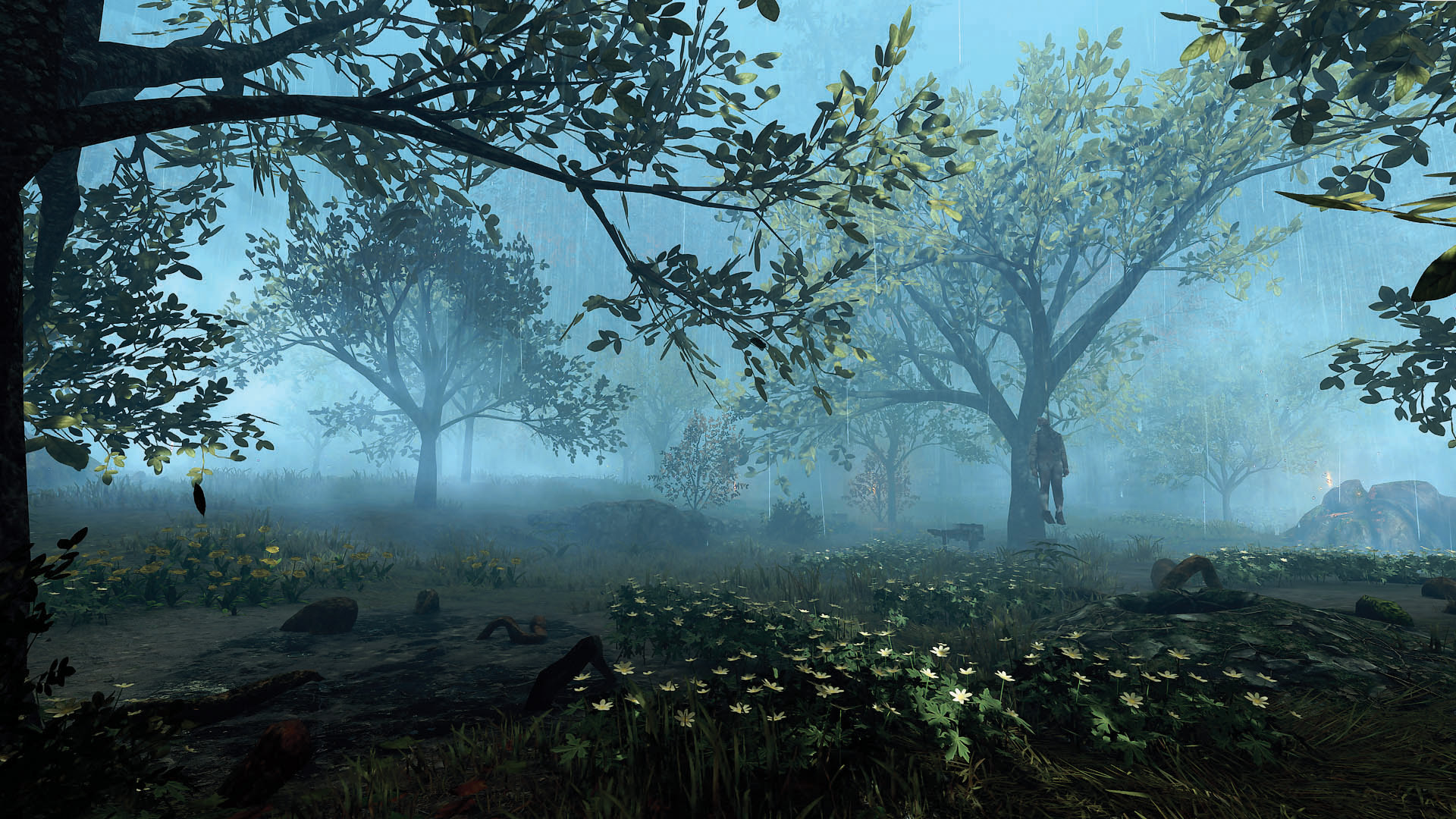
For the Beastmen special, Fatshark realised that a lone operative—similar to the Skaven's Packmaster or Gutter Runner—doesn't fit the personality of the faction. Instead, the team are trying something new: Standard Bearers, who place totems that buff nearby units. "The most straightforward thing we have now as a prototype is that he makes things invulnerable," says Andersson. "Because that's simple. We have many permutations, but that's what works best because it makes things super clear. You can control the guys, but you need someone to get at that thing and bring it down in order to succeed."
It's an interesting set of enemies. I fight against some in Fatshark's internal combat level—a stitched together Frankenstein's monster of different chunks of Vermintide's maps. I can immediately tell the difference in the pace of combat. The spear Ungors are positioned at just the right distance to cause a problem, forcing you to deal with the immediate threat of the supporting Gors, before dodging forwards to get in a hit. And watching the bodies of smaller, frailer Beastmen get ragdolled by a Bestigor is as entertaining as advertised.
"We're making a co-op game, so we consciously try to minimise the complexity of enemies because you always have that co-op layer on top of it," says Andersson, summarising the overall design of the faction. "We could be doing way more complicated combos and more complicated solo gameplay, but in favour of making sure that you have enough time and space in your consciousness to keep tabs on your friends as well, we want to keep things super clear and super focused as well. So each enemy has one thing that it clearly brings to the table."
Fatshark is rounding out Winds of Magic with new difficulty levels—and an overall rebalancing of difficulty to greater incentivise co-op play—and new weapons that are designed to round out the combat abilities of each character. Saltzpyre's new billhook, for instance, fills out his melee options and lets him push a pack of enemies and then pull a single target back in. "That fits Saltzpyre as well because he's kind of a menacing, evil horrible person," explains Andersson.
Throwing down
Kerillian's new shield and spear combo is designed with the Handmaiden career in mind, and swaps out her traditional glass cannon play style in favour of a more robust frontline role. Sienna is being given a flaming flail, because, in Andersson's words, "it's awesome". The most interesting new weapon, however, belongs to Bardin. "Basically Bardin needs ranged weapons and I want to experiment with throwing weapons," says Andersson. "So this is going to be the base blueprint for throwing stuff."
To an extent, it feels like Fatshark is taking a risk with Winds of Magic. The one thing they're not planning is a big library of new maps. Rather, this is an expansion designed to flesh out the Vermintide 2 experience in new directions—adding new ways to play with a potentially endless challenge. And it's just the beginning, too. During my visit, I'm shown the early workings of something that Fatshark isn't yet ready to announce. Winds of Magic may bring an endgame, but it's just the beginning.

Phil has been writing for PC Gamer for nearly a decade, starting out as a freelance writer covering everything from free games to MMOs. He eventually joined full-time as a news writer, before moving to the magazine to review immersive sims, RPGs and Hitman games. Now he leads PC Gamer's UK team, but still sometimes finds the time to write about his ongoing obsessions with Destiny 2, GTA Online and Apex Legends. When he's not levelling up battle passes, he's checking out the latest tactics game or dipping back into Guild Wars 2. He's largely responsible for the whole Tub Geralt thing, but still isn't sorry.
